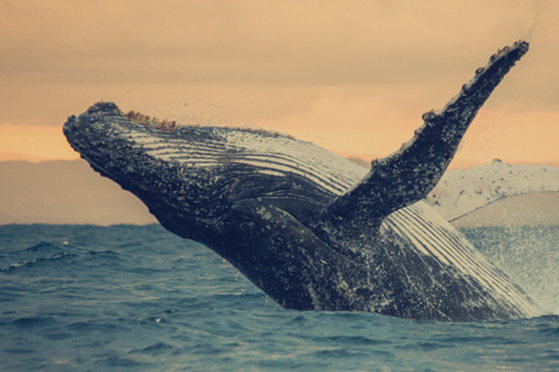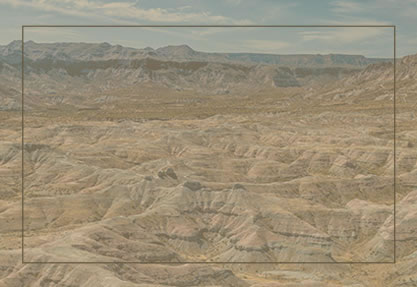HUMPBACK WHALE
The humpback whales (Megaptera novaeangliae) are easy to recognize due to their hump on their dorsal fin. Of all the whales, the humpback whale has the largest pectoral fins. Their weight varies depending on the area they live in, those humpback whales living in colder waters weight up to 50 tons, whereas those living in tropical areas weight about 30 tons.
The humpback whales are baleen whales, which means they feed by filtering huge amounts of water, sand, small fish and tiny krill, through their baleen plates. It can feed on enough krill and small fish that amounts four times its size.
Its body is black on the dorsal side with white spots underneath its fluke, flippers and on its belly. When the whales submerge, they generally raise their flukes to the air showing the unique coloration patterns for each individual, something like their fingerprint.
The humpback whales (Megaptera novaeangliae) are easy to recognize due to their hump on their dorsal fin. Of all the whales, the humpback whale has the largest pectoral fins. Their weight varies depending on the area they live in, those humpback whales living in colder waters weight up to 50 tons, whereas those living in tropical areas weight about 30 tons.
The humpback whales are baleen whales, which means they feed by filtering huge amounts of water, sand, small fish and tiny krill, through their baleen plates. It can feed on enough krill and small fish that amounts four times its size.
Its body is black on the dorsal side with white spots underneath its fluke, flippers and on its belly. When the whales submerge, they generally raise their flukes to the air showing the unique coloration patterns for each individual, something like their fingerprint.
Something very peculiar and interesting of humpback whales are the sounds they make, more like songs the male whales sing, lasting up to 20 minutes depending on each whale. It is known that whales go through a singing learning process that passes from generation to generation.
The songs travel long distances and there is technology available, which allows listening to them either for just recreation purposes or academic research.
The humpback whale has gone from a “vulnerable” situation to “minor preoccupation” which means that the risk of extinction is low thanks to protection and conservation programs against commercial whaling.
The main threats for these whales are collisions with large boats, get trapped in gill nets, habitat destruction, trash and plastic in the oceans and reduction of their food sources.
The season to watch the humpback whale in Baja California Sur is from December 15th to April 15th approx. It is possible to do whale watching in the Flora and Fauna Protection Area of Cabo San Lucas, in the Cabo Pulmo National Park, Los Frailes and in San Jose del Cabo.
It is of vital importance for the safety and protection of the humpback whales that any contact and interaction between them and people depends completely on the whale, visitors cannot force it nor disturb the animals.
All visitors need to follow the safety protocols provided by the certified and authorized tour suppliers in order to protect the whales.

STOPS








